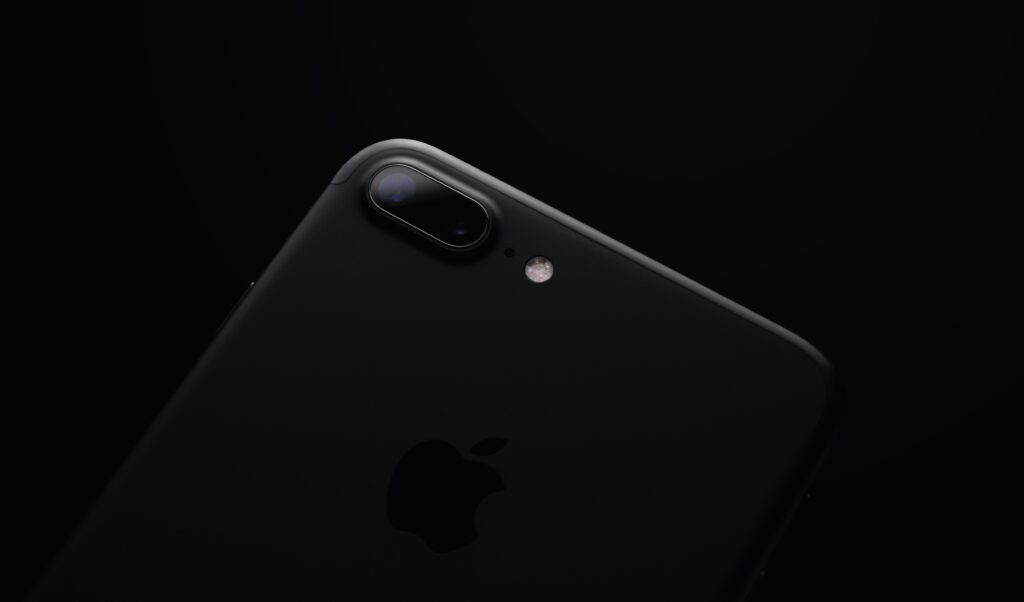Nearby device scanning is a feature that allows smartphones and other mobile devices to detect and communicate with other devices that are within close proximity. This technology is made possible through a combination of hardware and software, including Bluetooth and Wi-Fi radios, as well as specialized scanning protocols and software applications.

The concept of nearby device scanning has been around for many years, but it has become increasingly important in recent times due to the growing popularity of mobile devices and the Internet of Things (IoT). With millions of smartphones, tablets, laptops, and other connected devices in use around the world, there is a growing need for these devices to be able to communicate and exchange information with each other.
One of the most common uses of nearby device scanning is for location-based services and advertising. By using specialized apps and technologies, mobile devices can detect when they are in close proximity to other devices and use that information to provide personalized recommendations and advertisements. For example, a restaurant may use nearby device scanning to offer discounts or special promotions to customers who are nearby, while a retailer may use the technology to alert customers to sales or new products.
Another popular use of nearby device scanning is for social networking and communication. By using apps and services that allow them to detect and communicate with nearby devices, users can quickly and easily connect with people in their immediate vicinity. This can be especially useful in crowded or busy environments, such as concerts, festivals, or sporting events, where it may be difficult to find and communicate with friends and family members.
In addition to location-based services and social networking, nearby device scanning is also used in a variety of other applications and industries. For example, the healthcare industry uses the technology to monitor and track patients, while the transportation industry uses it to manage fleets of vehicles and track shipments. The technology is also used in the entertainment industry, where it is used to create interactive experiences and augmented reality games.
Despite the many benefits of nearby device scanning, there are also some concerns about privacy and security. Because the technology relies on constant scanning and communication between devices, there is a risk that sensitive data or personal information could be intercepted or accessed by unauthorized parties. There is also a risk that hackers or other malicious actors could use nearby device scanning to launch attacks or gain access to sensitive systems.
To address these concerns, manufacturers and developers are working to improve the security and privacy of nearby device scanning technologies. This includes implementing stronger encryption protocols, using secure communication channels, and building in user authentication and access controls. It is also important for users to be aware of the risks and take appropriate precautions, such as disabling Bluetooth or Wi-Fi when not in use, using strong passwords, and keeping their devices up to date with the latest security patches and software updates.
In conclusion, nearby device scanning is a powerful and versatile technology that has a wide range of applications in many different industries and contexts. While there are concerns about privacy and security, manufacturers and developers are working to address these issues and make the technology more secure and user-friendly. As mobile devices and the IoT continue to evolve, it is likely that nearby device scanning will become even more important and ubiquitous in our daily lives.